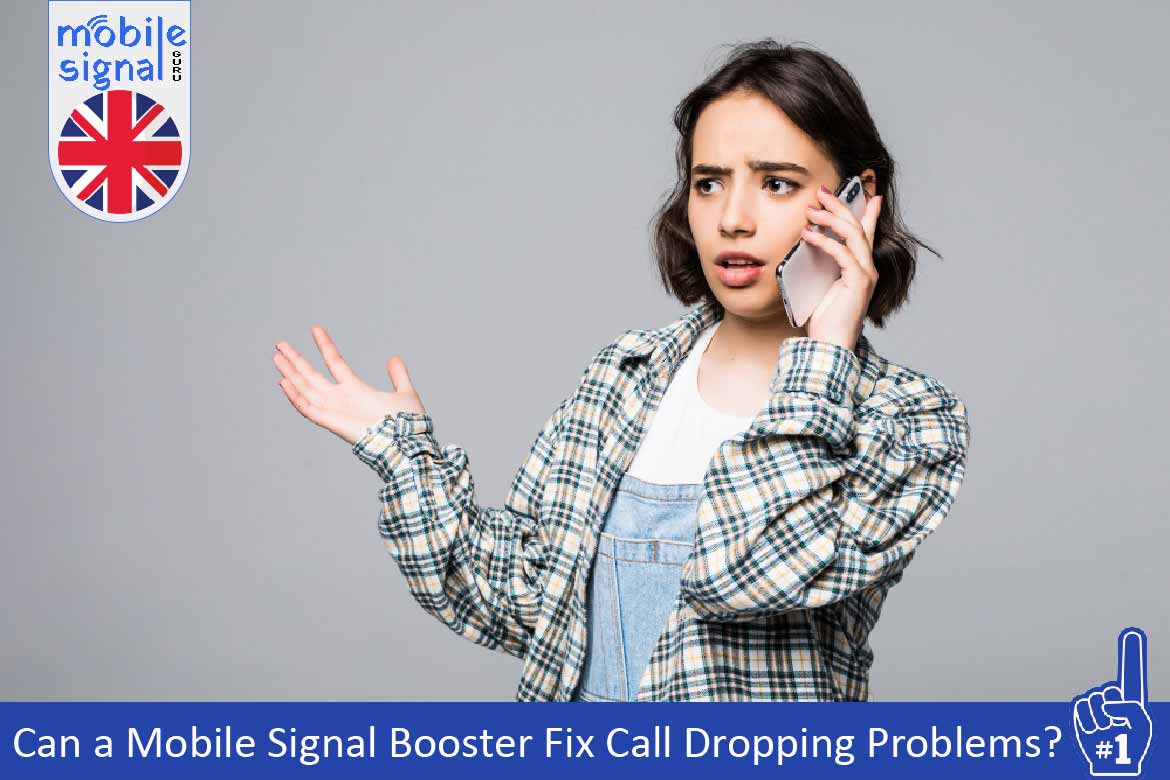Experiencing frequent call drops can be frustrating. If you find that your calls keep dropping, a mobile signal booster might be the solution you need. This article will explain how mobile signal boosters work and whether they can help fix call dropping problems.
What is a Mobile Signal Booster?
A mobile signal booster is a device that amplifies weak mobile signals to improve reception. It consists of three main parts:
- External Antenna: Captures weak signals from outside.
- Signal Booster: Amplifies the captured signal.
- Internal Antenna: Distributes the improved signal inside your home or office.
- Function: By boosting the signal, the device helps improve call quality and reduce dropped calls.
How Does a Mobile Signal Booster Work?
- Signal Reception: The external antenna picks up the weak signal from nearby cell towers.
- Signal Amplification: The signal booster amplifies the captured signal.
- Signal Distribution: The internal antenna broadcasts the strengthened signal inside the building.
- Result: This process improves signal strength, which can help reduce call drops.
Can a Mobile Signal Booster Fix Call Dropping Problems?
Yes, a mobile signal booster can often help fix call dropping problems, but its effectiveness depends on several factors:
- Signal Strength Outside: The booster needs a weak signal to amplify. If there’s no signal outside, it won’t be effective.
- Quality of Booster: High-quality boosters offer better performance and more reliable results.
- Coverage Area: Ensure the booster covers the area where you experience call drops.
- Effectiveness: If the signal outside is strong but weak inside, a booster can improve signal strength and reduce call drops.
When Might a Mobile Signal Booster Not Help?
- No Signal Outside: If there’s no signal at all outside, a booster won’t create a signal. It only amplifies existing signals.
- Network Issues: Sometimes, call dropping issues are due to network problems from your mobile carrier. In such cases, a booster won’t fix the problem.
- Equipment Problems: If the booster or antennas are not properly installed or are defective, it won’t improve call quality.
- Alternative Solutions: If a booster isn’t effective, consider contacting your network provider for assistance or exploring other options like Wi-Fi calling.
Choosing the Right Mobile Signal Booster
- Check Compatibility: Ensure the mobile signal booster is compatible with your network provider and supports the necessary frequency bands.
- Coverage Area: Select a booster that covers the area where you experience call drops.
- Installation: Proper installation is crucial. Follow the manufacturer’s instructions or hire a professional for best results.
- Recommendation: Invest in a high-quality mobile signal booster for reliable performance and fewer call drops.
Additional Tips for Reducing Call Drops
- Update Your Phone: Ensure your phone’s software is up-to-date, as updates can improve connectivity.
- Clear Obstructions: Physical barriers like walls and metal objects can weaken signals. Keep your phone away from such obstructions.
- Improve Device Position: Sometimes, simply moving to a different part of your home or office can improve signal strength.
- Pro Tip: Experiment with different locations to find the best signal spot in your area.
Conclusion
A mobile signal booster can be an effective solution for fixing call dropping problems if the issue is due to weak signal strength inside your building. By amplifying the existing signal, a booster can improve call quality and reduce dropped calls. However, it’s important to consider the strength of the signal outside, the quality of the booster, and proper installation.
If a signal booster doesn’t solve the problem, explore other solutions such as contacting your network provider or using Wi-Fi calling. With the right approach, you can enhance your mobile connectivity and enjoy more reliable calls.
 Australia (AUD)
Australia (AUD) Denmark (DKK)
Denmark (DKK) France (EUR)
France (EUR) Germany (EUR)
Germany (EUR) Ireland (EUR)
Ireland (EUR) Malta (EUR)
Malta (EUR) Netherlands (EUR)
Netherlands (EUR) New Zealand (NZD)
New Zealand (NZD) Norway (NOK)
Norway (NOK) Spain (EUR)
Spain (EUR) Sweden (SEK)
Sweden (SEK) UAE (AED)
UAE (AED) Global Site (USD)
Global Site (USD)
